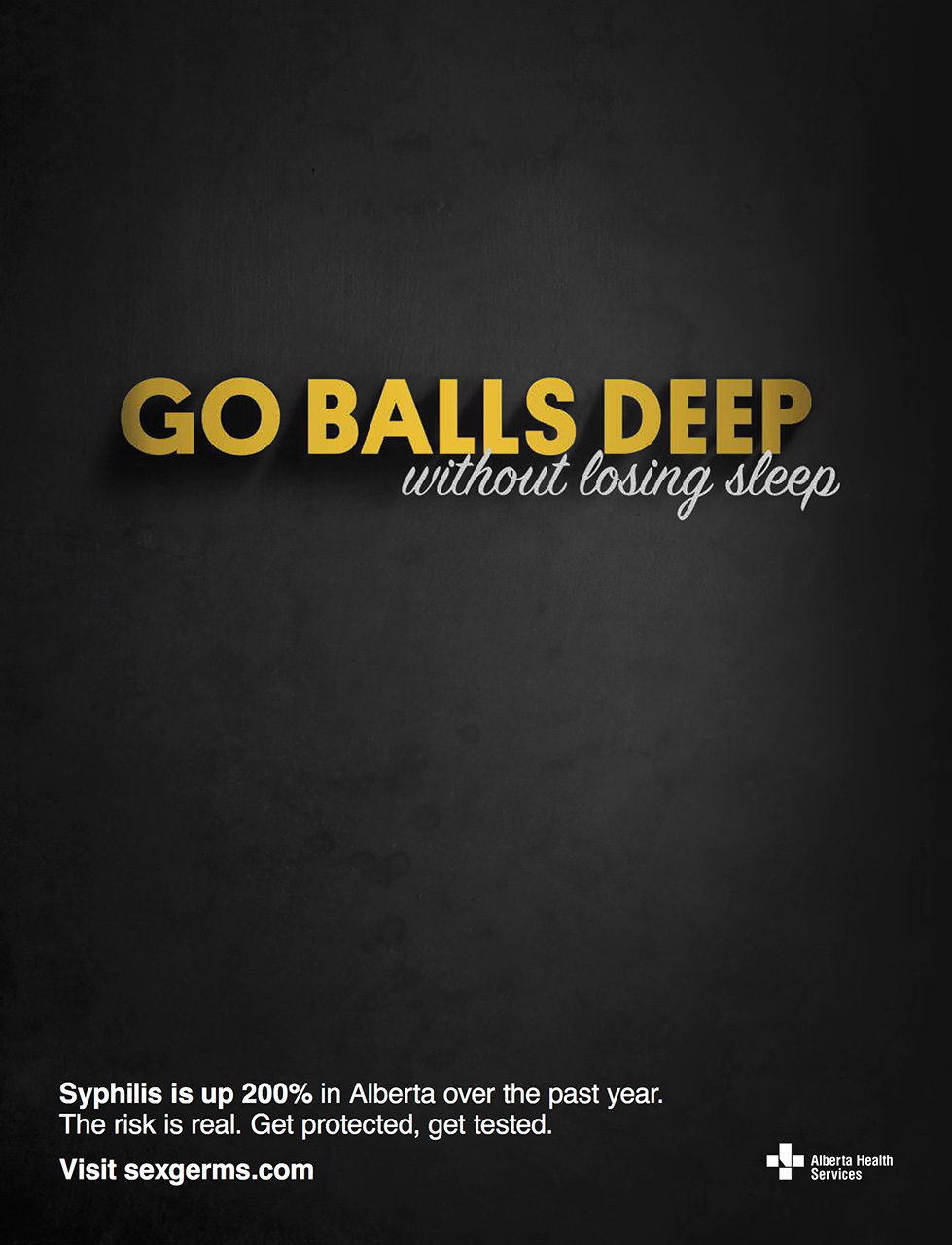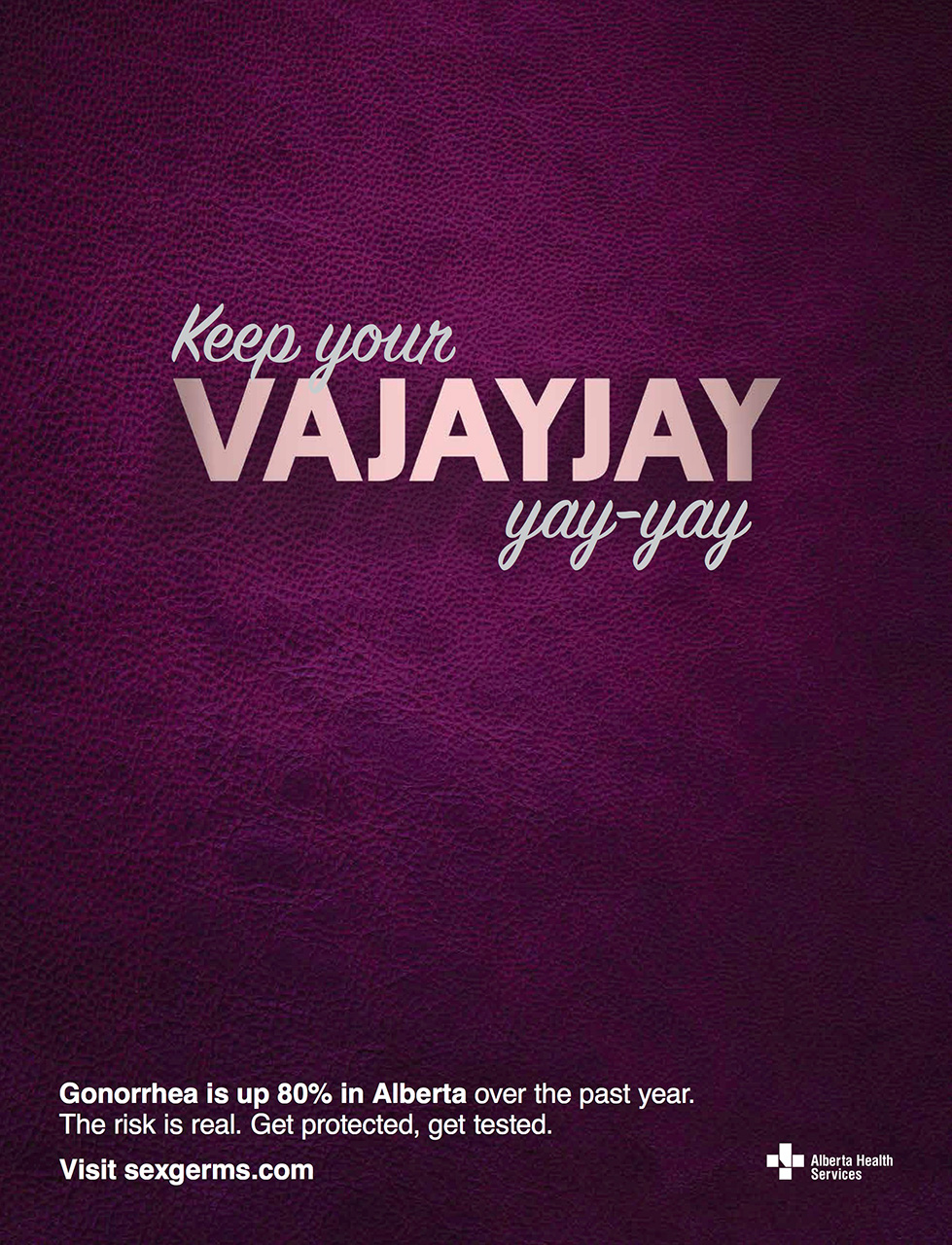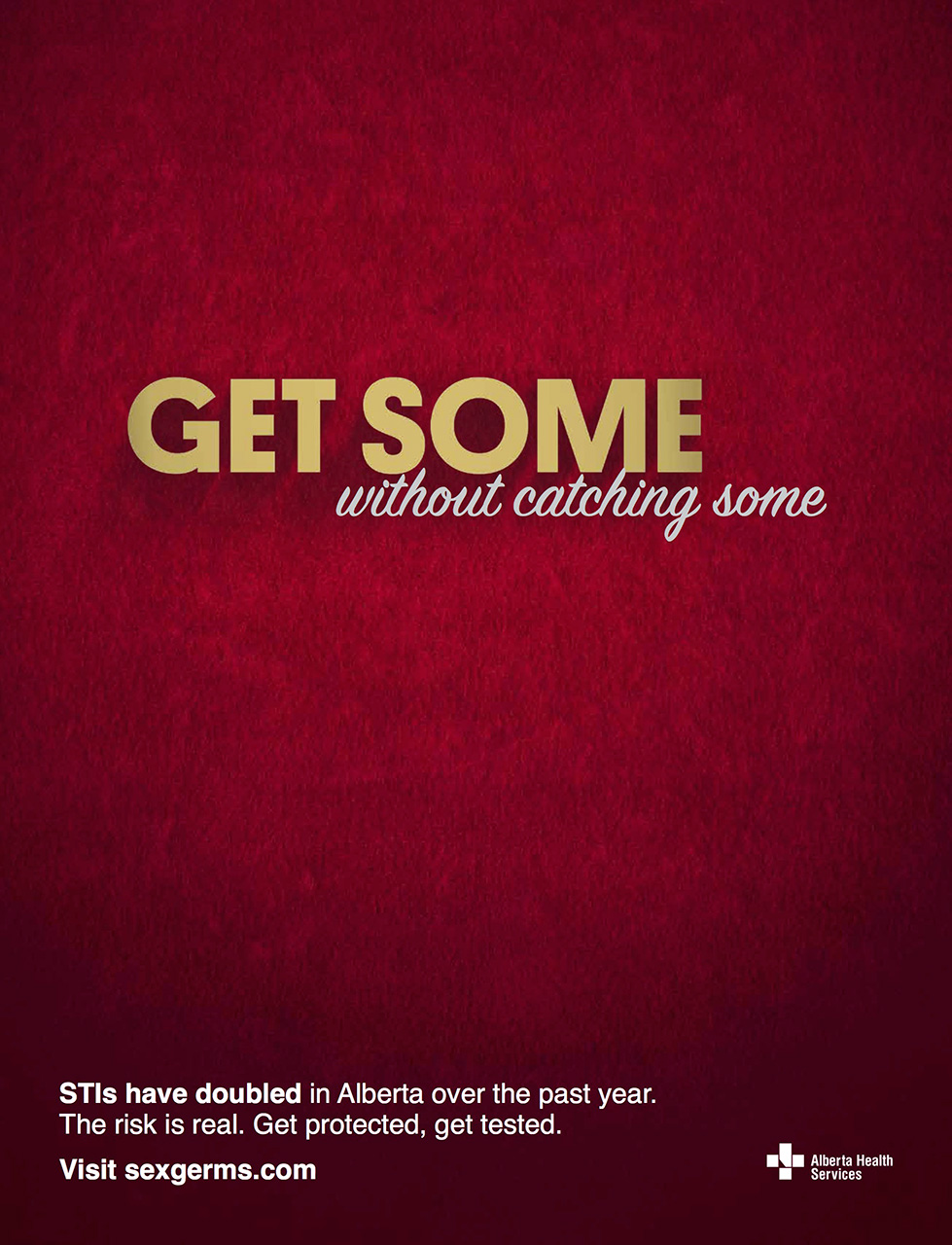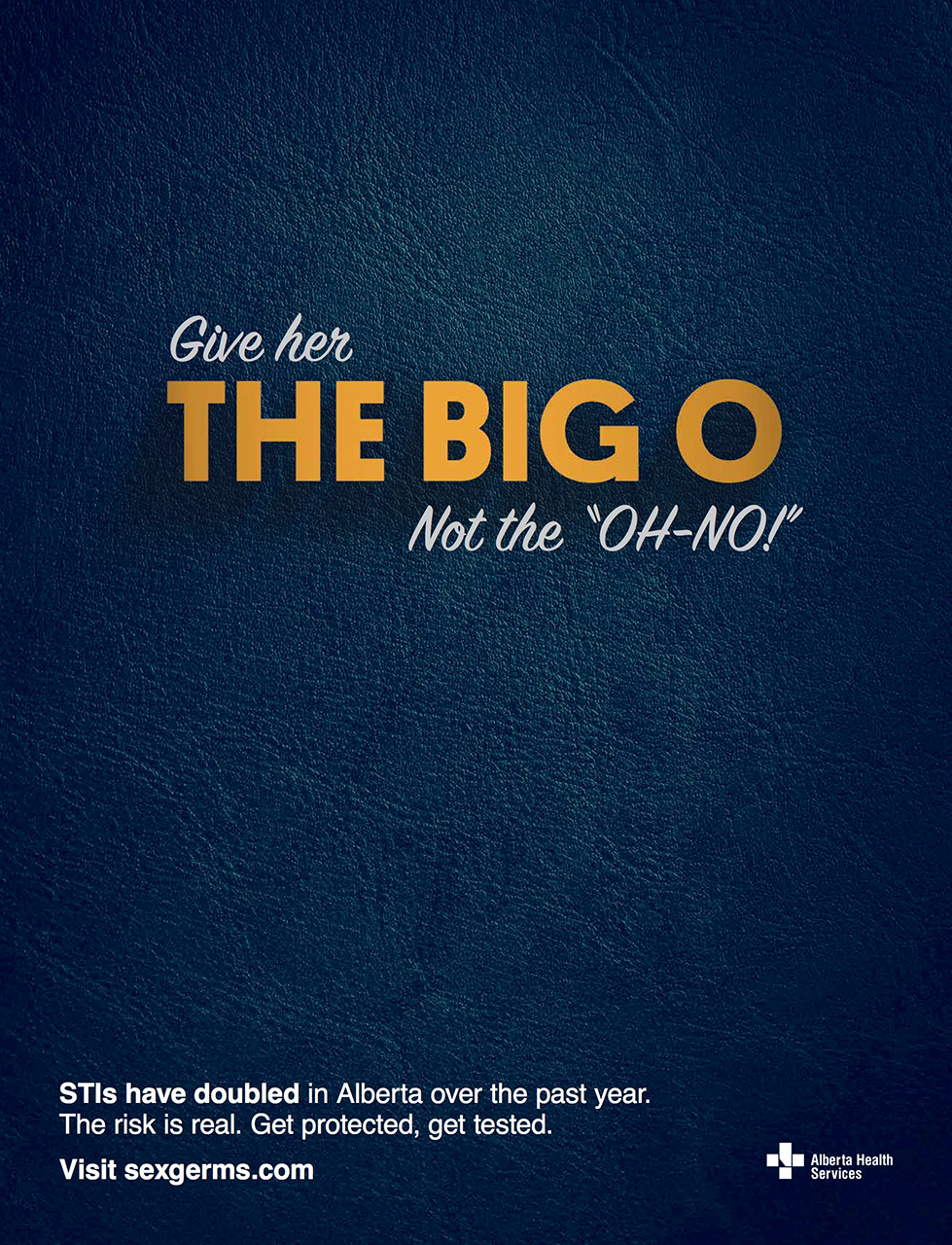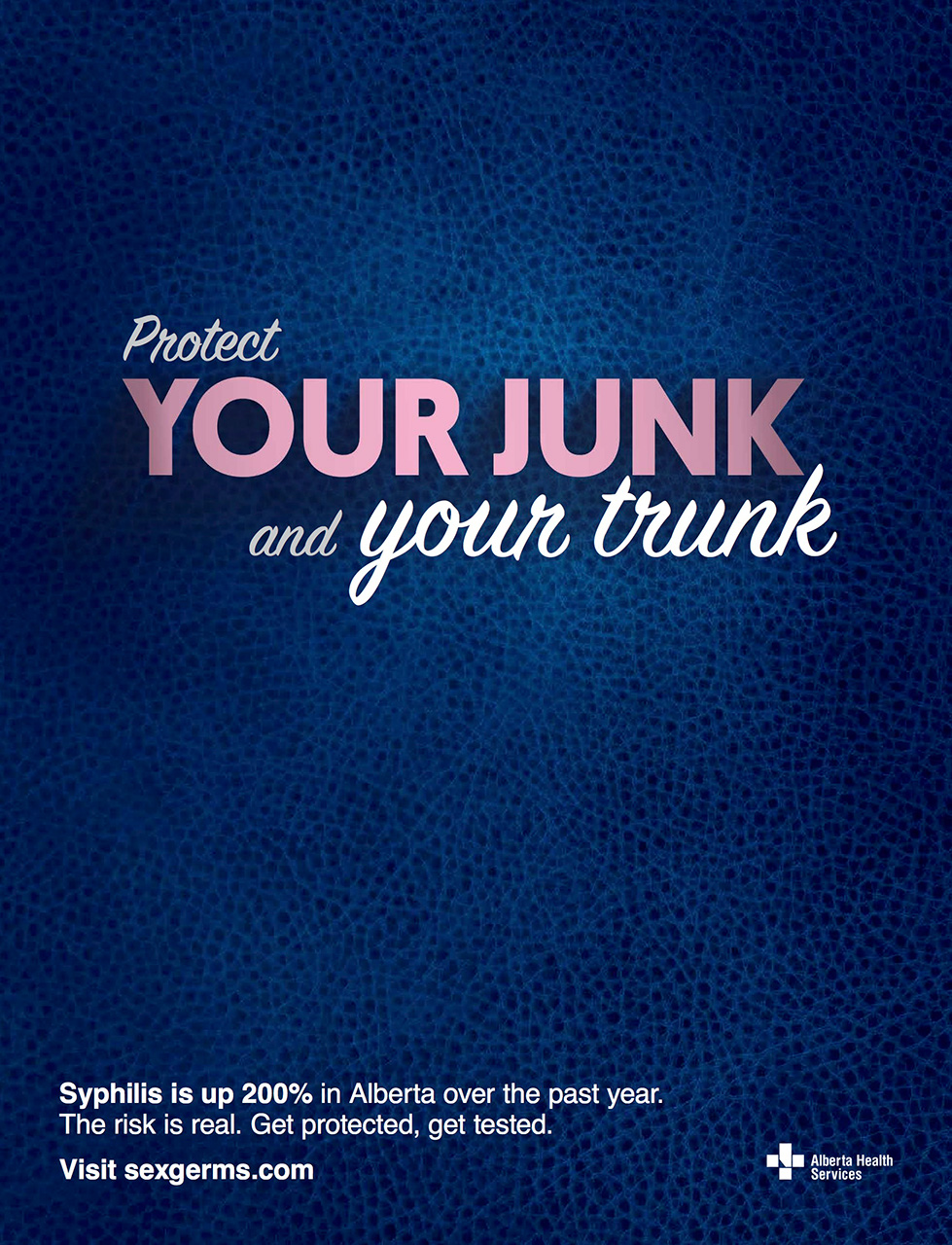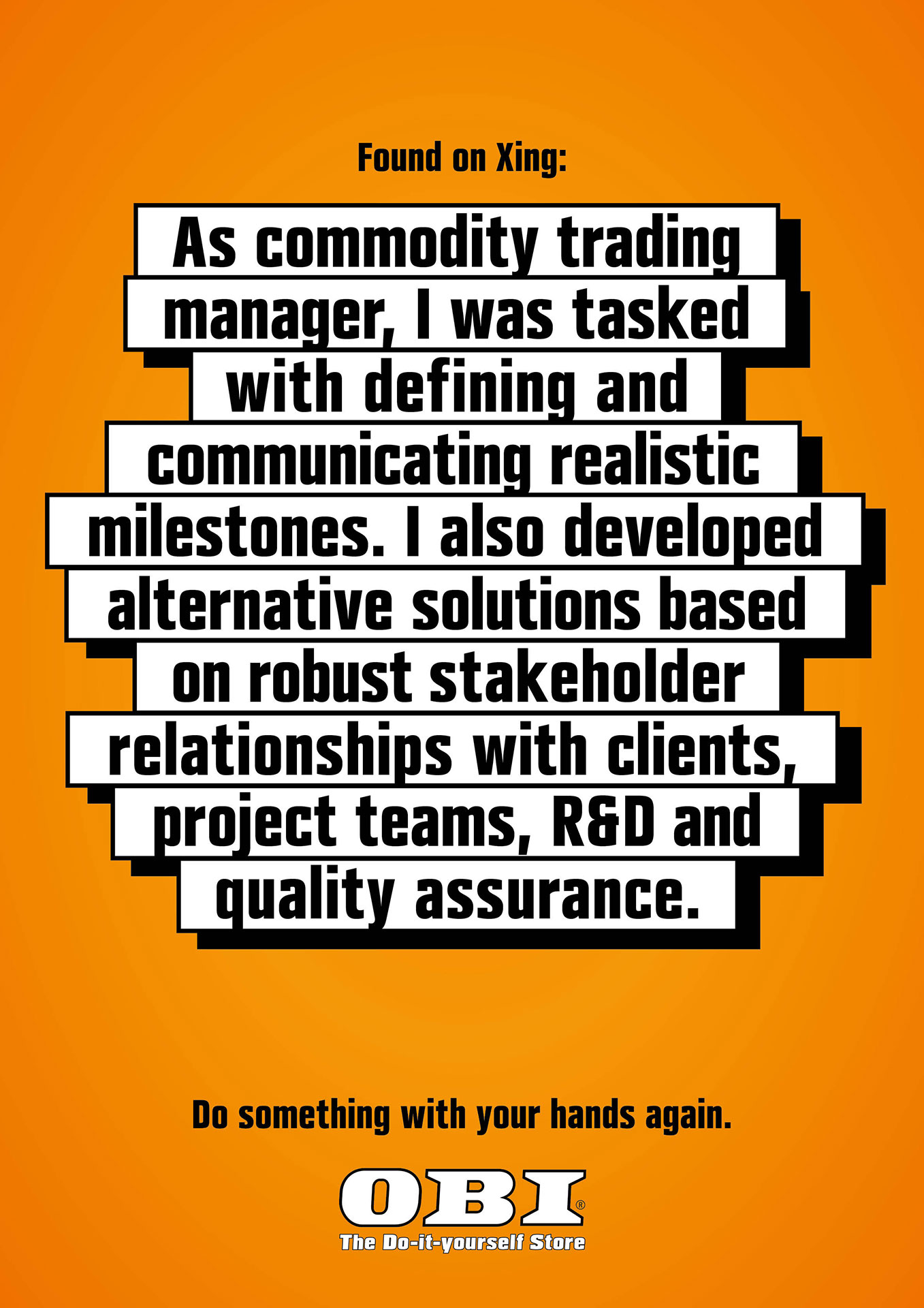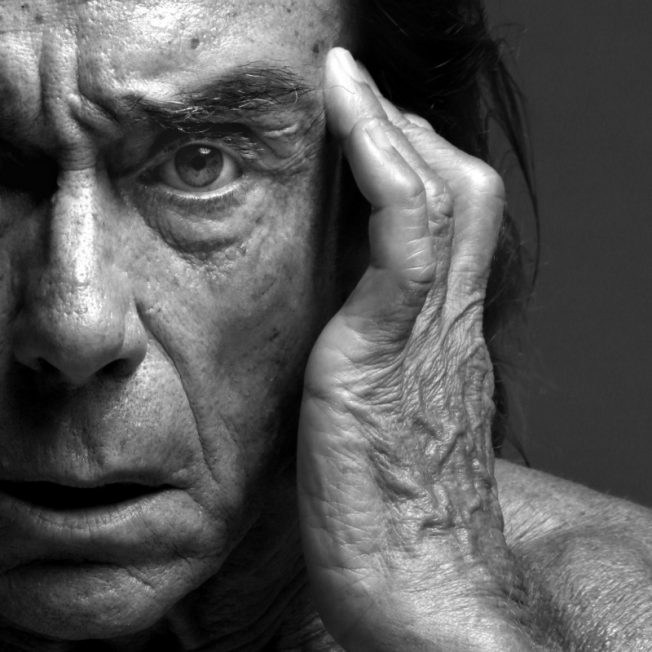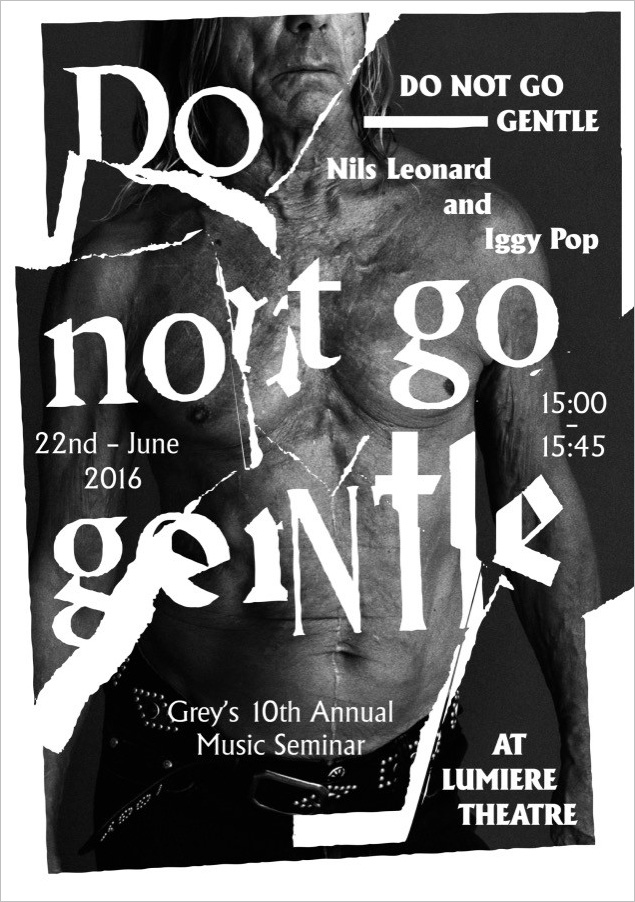![]()
If the biggest extracurricular activity your agency has had time for lately is the yearly holiday card, prepare to have the bar hoisted higher than your T-rex arms can reach.
Los Angeles creative agency Omelet has released its first full-length documentary, a project that took three years to complete. The hook of "License to Operate" feels like a buddy-movie plot: It follows former gang leaders committed to improving their communities—partitioned into de facto war zones by subsets of gangs, sprung from the original Bloods and Crips—working with law enforcement when necessary.
Along the way, we meet characters like founder Aquil Basheer of the LTO Movement and the Professional Community Intervention Training Institute (PCITI, which trains and certifies interventionists and other professionals), former Athens Park Blood Kenneth Jones, and Reynaldo "Whiz" Reaser, a former Raymond Crip.
"We kept cameras rolling for nearly four more months, capturing over 150 hours of footage, and spent close to a year putting the puzzle together into the film we have today," Mike Wallen, the film's producer—and Omelet's chief content officer—tells AdFreak.
The film kicks off with the story of one man's descent into gang violence around 1992. That year, 1,900 homicides were recorded in Los Angeles, a record figure for the county.
The city needed sustainable action, not just brute force and badges.
"Individuals realized the need to secure public safety, and most realized it would take a unified effort," Basheer—who's served in gang intervention for over 40 years—tells us. "Our expertise needed to be on board to make the process effective."
It merits asking how ex-gangbangers and interventionists saw the merits of working—however intermittently—with the LAPD, characterized as intolerant, racist and militant. It was only in 1991 that four officers were charged with the beating of Rodney King, a subject the film broaches in footage that feels more brutal than its allusions to civilian-on-civilian violence.
"The LAPD had significant problems with many communities that they served in the past," Basheer agrees. This image pushed it to try becoming more "community vested" and integrated.
"We don't work for the LAPD, we are not the LAPD's snitches, and we do not pass intel to the LAPD," says Basheer. "We have a respected coexistence that is based on public safety and keeping our communities safe. This came through years of watching each other work in the community, and gang credibility from that community."
He continues, "We identified some outstanding officers who were truly community vested. Some in leadership tried to empower change within their ranks. Others faulted the process. We work with those that are constructive and valuable assets to the community we serve."
For police forces, there's a logic to working with former gang members, who not only have street cred but understand the unspoken divides that delineate neighborhoods.
"The boundaries are clearly marked," Wallen explains. "Collaboration between representatives of these neighborhoods was critical. What's unique about this network of ex-gang members is that while they each represent their respective neighborhoods, the alliances they've created allow them to work together across the entire city of L.A."
What's more, "interventionists can respond to issues in the community in a way that law enforcement simply can't," says Wallen. "The biggest turning point was developing processes and protocol for how interventionists do their job so law enforcement would find their efforts useful, credible and reliable. Interventionists have helped immeasurably, and gang-related homicides are at a 20-year low."
The documentary's end highlights both the fragility of this relationship and the commonalities that bind it: A police officer and an ex-gang member appear at a cemetery, tenderly washing the tombstones of the children they've respectively lost while reflecting on the work yet to be done.
Elsewhere, violence is constantly alluded to, its evidence seen in communities where buildings still bear the marks of bullets from AK-47s. Women are interviewed, talking frankly about the situation in their streets. Men cry and lift up pantlegs, revealing scars. But most touching are the youth themselves—sometimes vibrant, lively and funny, other times hopeful but wary.
Asked to join a community event, one backs out when told it will involve rival gangs working together. His mentor is sad, but expresses no surprise—working with rivals makes him a target.
"Each has their own needs and challenges that has to be dealt with. There are common denominators, but there has to be individual assessment and evaluation," says Basheer. "This is a sacrificing process that requires time, energy and wherewithal."
In another moment, a high schooler named Jazmine gets her first job. She's excited and pensive—a typical teenage girl, with a particularly traumatic background: As a baby, her mother tried selling her and her twin sister for drugs. Jazmine herself isn't yet out of the dark; it's only later that we learn she's going back and forth in court for beating a woman with a post from a bunk bed.
This dissonance isn't surprising. According to Efta Sharon of the Center of Juvenile Justice, kids who grow up in urban and impoverished neighborhoods often experience high levels of PTSD, equivalent to children who've grown up in what we more formally consider war zones.
But most compelling about the film is that it never feels exploitative, urgent or treacly.
"The people in LTO are normal individuals who are faced with severe challenges of violence, economic degradation, personal trauma and lack of anchors to create the necessary foundation for normality," Basheer says.
"You cannot attempt to deal with their needs from your normal. You have to understand the dynamics of their circumstances, provide satisfactory options for them to change their direction. Once they are redirected, create equitable systems that stabilize that change process."
He adds, "While some gang members cause severe issues, they only represent about 10 percent of the overall community. Usually, families, community stakeholders and others have to take on the burden and navigate the negativity caused by this 10 percent—normal individuals facing astronomical challenges."
The LTO movement has since spread to other cities in the country, including Oakland, San Francisco, Seattle and Tacoma, Washington, San Diego, Atlanta, Texas, Baltimore, Newark, New York, Maryland, and Washington, D.C.
"We have been extremely effective in creating a linked collaborative of hardcore peacekeepers, mental health, law," says Basheer. "Our main challenge as we grow is getting the proper support from municipalities, private industries and philanthropists, in regards to resources and monetary might."
Which leads us to why Omelet did this in the first place.
"We were asked to produce a short film for a fundraising gala for A Better L.A., which helps provide resources to these men and women," explains Wallen. "Immediately we recognized the importance of what they were doing, and felt compelled to turn this into a longer narrative. Our goal was to build awareness for what they were doing, and while a fundraising piece is great for that purpose, a film could bring the message to a much larger audience."
Agencies, according to Basheer, "have a societal role in assisting our cause. This is not an individual choice but should be a mandated responsibility for the betterment of society and the numerous dysfunctional communities we all represent."
Whether the problem your community faces is gang violence or something else, "It is going to take a multi-disciplinary collaborative to truly solve the issues that our communities are faced with," he says.
But he's also put thought into avoiding the exploitation or hijacking that can come with working alongside the commercially interested.
"There is always that risk when you have collaborations and partnerships involved. We navigate that by ensuring all the programs under the LTO Movement and PCITI have been system-driven," Basheer says. "We create the systematic infrastructure based on the needs of the communities"—meaning there's little room for "individual manipulation, grandstanding or personal glorification. We are a cause-driven movement and the cause drives the process."
More concerning than commercial interest and participation is one of the results of LTO's success: gentrification. A safer Los Angeles is now a hot spot for agency folks and other white-collar professionals.
"Gentrification seriously impacts our efforts," Basheer admits. "In many cities, gentrification has been used as a tool to repopulate desolate areas in a given geographical zone." In other words, it isn't always a bad process, and permits community revitalization. The real problem is re-gentrification, which doesn't take existing communities into account and pushes them outward—creating an unstable vacuum that gangs can fill.
"Challenges that were being dealt with before community displacement are allowed to take root in environmental enclaves that did not have these issues prior," says Basheer. "Time and again, those of us on the ground have to restart the entire process with new challenges because of the placement of individuals into new communities.
"When municipalities re-gentrify, they have to include the community's voice and the solution for how to include the [existing] population in the rebirth of the community," says Basheer. "They cannot put out false promises"—like insisting that people can come back once the process is complete, knowing there won't be room, or that they'll have been priced out.
All this points to a fundamental call to action. License to Operate "shows how important it is for agencies to support influential causes and movements—even if there aren't any brands behind them," stresses Devin Desjarlais, communications director at Omelet.
"All we can do is hope that people will see this film, hear their story, believe in what they're doing, and try to help any way they can," says Wallen. "Hopefully License to Operate shows the creative community at large that taking great risks and chasing what you believe can yield great things."
Watch the documentary via iTunes, where you can download it for $9.99. For agencies who want to learn more, Basheer recommends reading his book, Peace in the Hood, which provides a broader view of his field of work. "Anyone interested in further education of Holistic Violence Intervention and Prevention should acquire it," he says.









